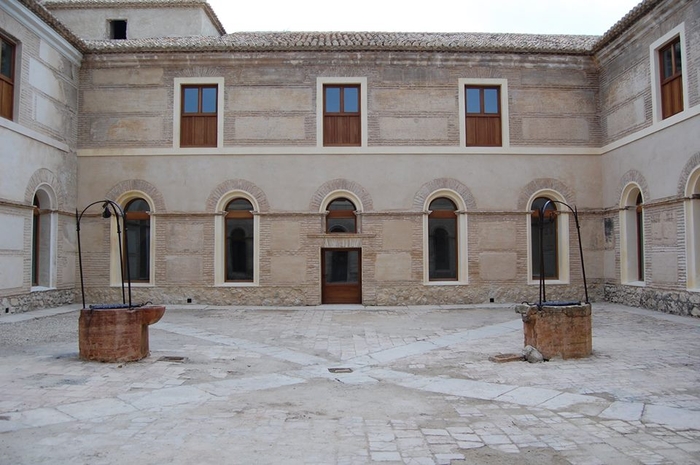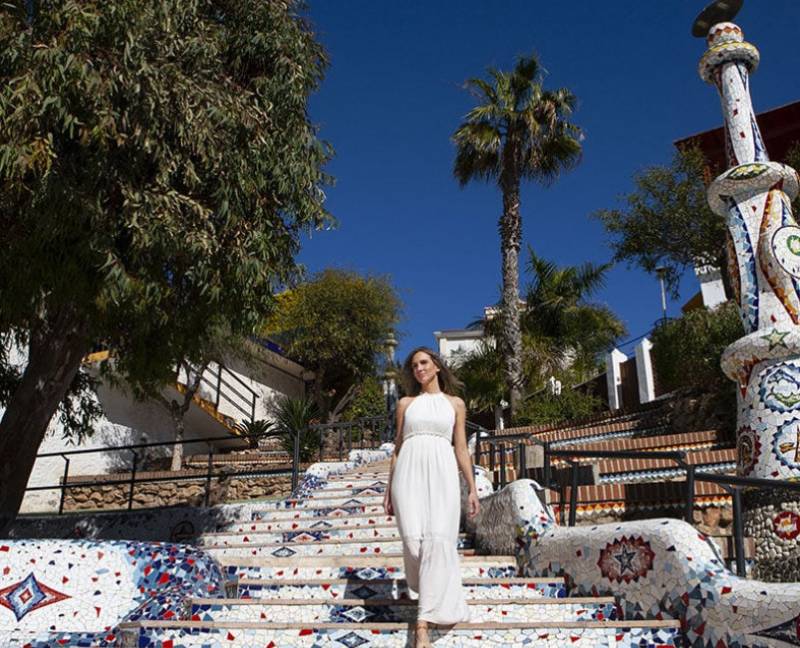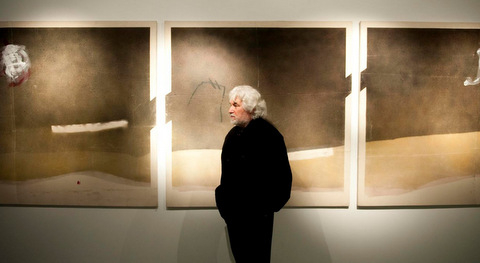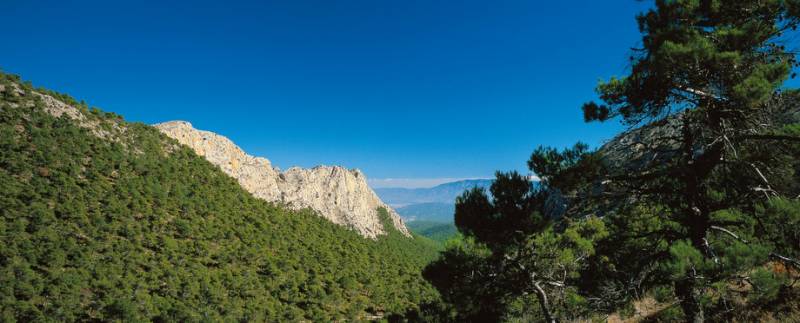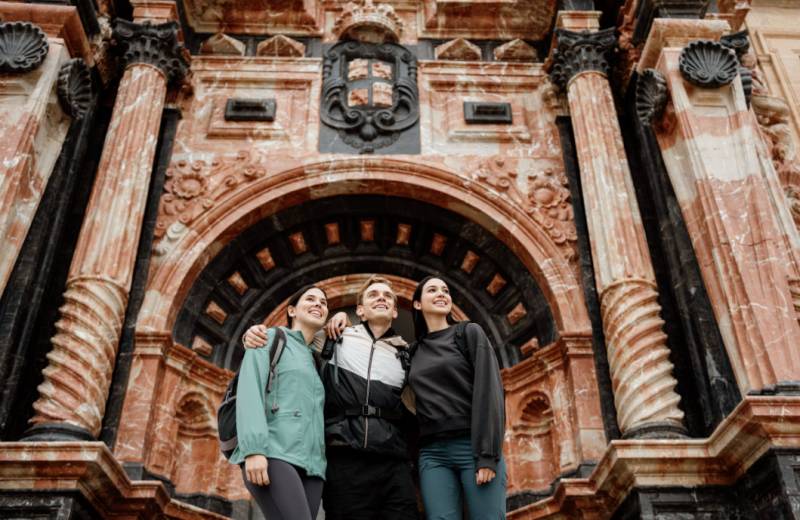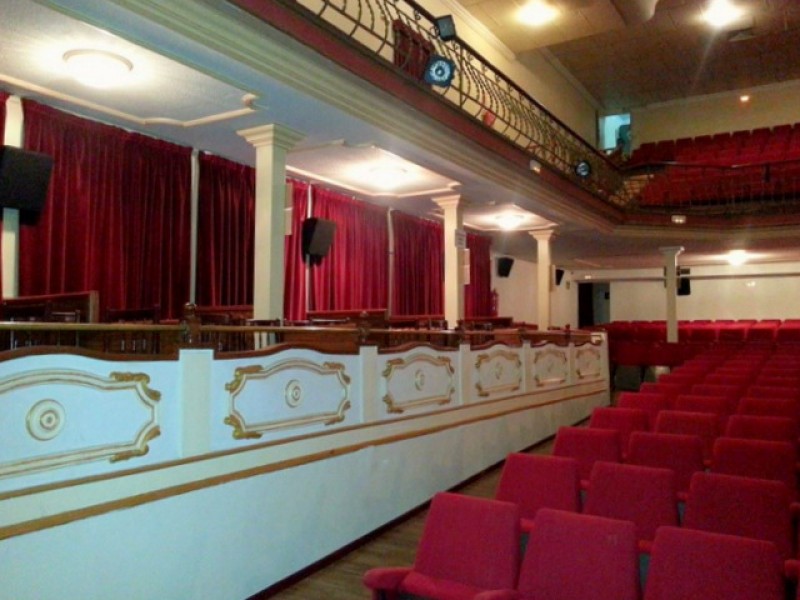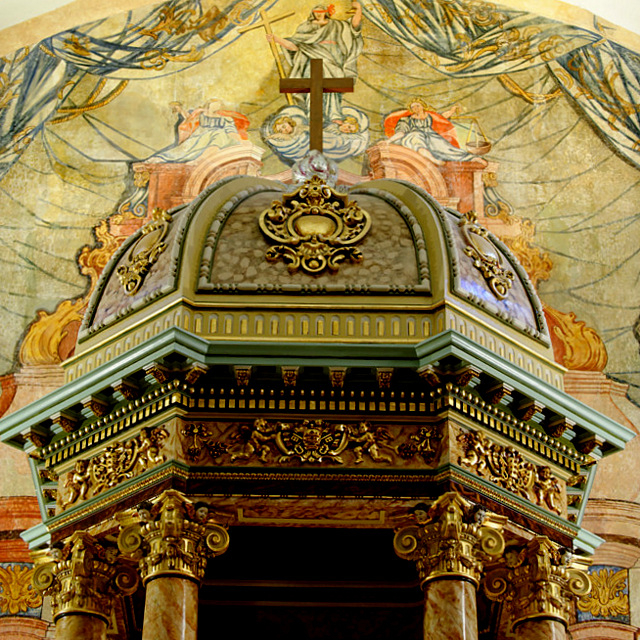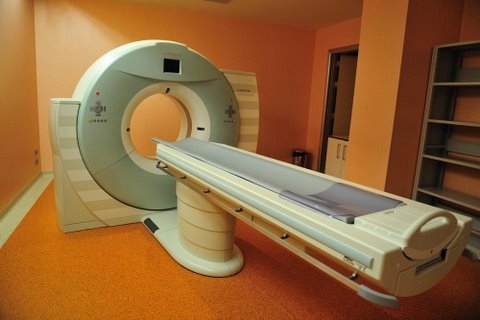

- EDITIONS:
 Spanish News Today
Spanish News Today
 Murcia Today
Murcia Today
 Alicante Today
Alicante Today
article_detail
Mula tourist office
Oficina de Turismo de Mula
The Mula tourist office is located in the Convento de San Francisco on the edge of the historic old quarter of the town. There is parking nearby, although this is limited, but there is plenty of space in the streets of the more modern areas of the town on the opposite side of the main road running through the centre of the urban area.
The tourist office offers a full range of leaflets and information about all the options open to those visiting the town.
staff.inc.and
Address
Tourist Office Mula, Convento San Francisco,Calle Dona Elvira,30170 Mula,MurciaTel: 968 661 501
Loading
Oficina de Turismo de Mula

The Mula tourist office is located in the Convento de San Francisco in the centre of the town. There is some parking nearby, although those nervous about driving in narrow streets may prefer to park on the opposite side of the main road where there is considerably more space in the modern areas of the town and walk up to the tourist office.
 The convent is right next to the Glorieta, a shaded and characterful corner of the city, an excellent place to stop for a coffee after a walk around the old quarter.
The convent is right next to the Glorieta, a shaded and characterful corner of the city, an excellent place to stop for a coffee after a walk around the old quarter.
Telephone 968 661501
The tourist office is open from Wednesday to Monday between 10am and 2pm and is closed on Tuesdays.
Click for map, Convento de San Francisco, Mula
For more information about visiting Mula, go to the Mula section of Murcia Today.
Mula is the gateway to the north-west of the Region of Murcia, its strategic location giving it importance from early pre-history.
It has a varied landscape, its rocky outcrops providing strategic defensive advantages, its fertile plains and wooded forests agricultural richness, its river and natural springs, life, with important archaeological remains from pre-history (Cueva Antón, Abrigo del Milano), the Argaricculture and above all the Iberian culture.
 El Cigarralejo was an important settlement, to which the Museo El Cigarralejo is dedicated, and yielded vast quantities of Iberian artefacts from the burial ground (or necropolis) and hilltop settlement..The museum houses an unparallelled collection of Iberian grave goods and is a reference point for those interested in the iberian culture.
El Cigarralejo was an important settlement, to which the Museo El Cigarralejo is dedicated, and yielded vast quantities of Iberian artefacts from the burial ground (or necropolis) and hilltop settlement..The museum houses an unparallelled collection of Iberian grave goods and is a reference point for those interested in the iberian culture.
These cultures were followed by the Romans, cultivating olive oil and wine, and the Villaricos Villa is a large-scale example with thermal baths. Then came the Moors, who built the town in its  current position and also left behind the castle of Alcalá, high above the motorway heading towards Caravaca.
current position and also left behind the castle of Alcalá, high above the motorway heading towards Caravaca.
Medieval Mula was dominated by the Fajardos, who became the Marqueses de los Veléz and built the castle of los Veléz, which dominates the Mula skyline above the historic old quarter with its noble palaces. These include the Casa Pintada, now an art museum housing a Foundation dedicated to the internationally renowned artist Cristóbal Gabarrón.
Although the historic old quarter attracts a steady stream of visitors, the town is also known for its traditions, the best-known being its "tamboristas", who drum in the annual Semana Santa (Easter) celebrations. This takes place on the "Noche de las Tambores" in the main town square in front of the parish church of San Miguel.
Mula is also known for its dedication to the Niño de Balate, located in El Niño de Mula. An annual Romería is held in September and there are plenty of other local fiestas.
The main economic activity is agriculture, producing a mixture of dry crops including olives, wheat and grapes, as well as irrigated soft fruit crops, but there is also another important product: energy, as new  technologies have created an important solar power sector in the north-west of Murcia, bringing employment in associated industries.
technologies have created an important solar power sector in the north-west of Murcia, bringing employment in associated industries.
Part of the Regional park of the Sierra Espuña is in Mula, as are the Sierra del Cambrón and Sierra de Ricote, giving it a richly varied landscape with forests, plains, dry karst gullies, rivers and rich agricultural orchards: all of these help to create rural tourism income.
Today Mula is home to around 17,000 inhabitants and is a busy, historic town, with a bustling old quarter and a new town at its foot, providing a complete cultural offering and an annual programme of fiestas and celebrations.
Location
Mula is located in the north-west of the Region of Murcia, forming part of the Comarca del Río Mula. Its northern boundaries coincide with those of Calasparra, Cieza and Ricote; on the east it borders Ricote, Campos del Río, Albudeite and Alcantarilla, to the south Librilla, Alhama de Murcia and Totana, and to the west Bullas, Cehegín and Lorca. In its centre is Pliego, surrounded completely by Mula.
article_detail
Contact Murcia Today: Editorial 000 000 000 /
Office 000 000 000

